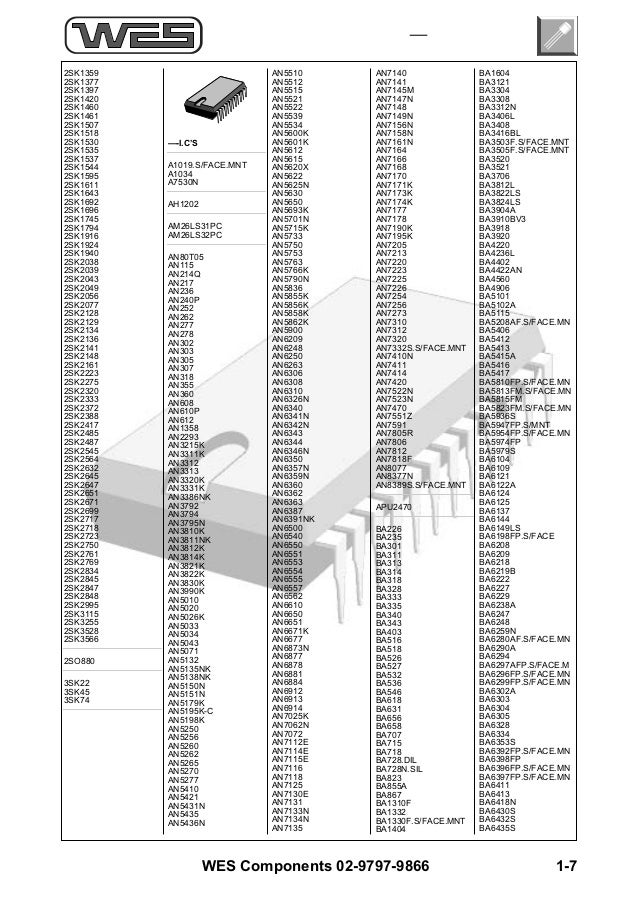
The nominal reference voltage, V REF=2.495 V, stated in a datasheet, is tested in zener mode at an ambient temperature of +25 ☌ (77 ☏), and I CA=10 mA. Design-center (middle plot) and worst-case deviation of ☒% (upper and lower plots) Reference voltage vs free-air temperature at test conditions. It will survive an open circuit at any pin, a short circuit to ground of any pin, or a short circuit between any pair of pins, provided that the voltages across the pins remain within safety limits. The network feeding reference input should be able to source at least twice this amount (4 μA or more) operation with hanging REF input is prohibited but will not damage the TL431 directly. Reference input current I REF is independent of I CA and fairly constant, at around 2 μA. Alternatively, the TL431 may operate without feedback as a voltage comparator, or with positive feedback as a Schmitt trigger in such applications I CA is limited only by the anode load and the power supply capacity. This point (V ref) is, strictly speaking, the reference voltage of the complete regulator. The current rises until the negative feedback loop connecting the cathode with the control input stabilizes V REF at some point above the threshold. Above this point the TL431 operates in its normal, high transconductance mode and may be conveniently approximated with a differential voltage to single-ended current converter model. When V REF exceeds the threshold by around 3 mV, and I CA reaches 500–600 μA (point C), transconductance sharply jumps to 1.0–1.4 A/V. Upon reaching its threshold (point B), the output transistor gently opens up, and the I CA begins rising at a rate of around 30 mA/V. When V REF approaches the threshold, the I CA rises to 300–500 μA, but the output transistor remains closed. Residual cathode-anode current I CA, feeding the front-end circuit, stays within 100 and 200 μA. When V REF is safely below the 2.5 V threshold (point A on current-voltage curve), the output transistor is closed. The circuit does not provide protection against excessive current or overheating. The output open collector transistor, T11, can sink currents up to 100 mA, and is protected from polarity reversal with a reverse diode. The differential amplifier is made of two current sources (T8, T9) the positive difference of their currents sinks into the base of T10. This enables correct operation even when the cathode-anode voltage drops below 2.5 V, down to around 2.0 V minimum. There is no physical 2.5 V source: the actual internal reference is provided by a 1.2 V Widlar bandgap (transistors T3, T4, T5), driven by the input emitter followers T1, T6. This, however, is merely an abstraction: both functions are inextricably linked inside the TL431's front end.

On a functional level the TL431 contains a 2.5 V voltage reference, and an open-loop operational amplifier that compares the input control voltage with the reference. The positive control voltage, V REF, is applied between reference input and the anode the output current, I CA, flows from the cathode to the anode. "Base", "collector" and "emitter" of this "transistor" are traditionally called reference (R or REF), cathode (C) and anode (A). The TL431 is a three-terminal bipolar transistor switch, functionally equivalent to an ideal n-type transistor with a stable 2.5 V switching threshold and no apparent hysteresis. Operation in the yellow zone is possible but not recommended. The green zone is the recommended high transconductance area, extending upward to maximum current rating.

These functionally similar circuits may differ considerably in die size and layout, precision and speed characteristics, minimal operating currents and safe operating areas.Ĭurrent-voltage curve for small error voltages. In the 21st century, the original TL431 remains in production along with a multitude of clones and derivatives (TL432, ATL431, KA431, LM431, TS431, 142ЕН19 and others). Texas Instruments introduced the TL431 in 1977. The TL431 is the de facto industry standard error amplifier circuit for switched-mode power supplies with optoelectronic coupling of the input and output networks. The circuit can control power transistors directly combinations of the TL431 with power MOS transistors are used in high efficiency, very low dropout linear regulators. The typical initial deviation of reference voltage from the nominal 2.495 V level is measured in millivolts, the maximum worst-case deviation is measured in tens of millivolts.

With the use of an external voltage divider, a TL431 can regulate voltages ranging from 2.5 to 36 V, at currents up 100 mA. The TL431 is a three-terminal adjustable precision shunt voltage regulator integrated circuit.


 0 kommentar(er)
0 kommentar(er)
